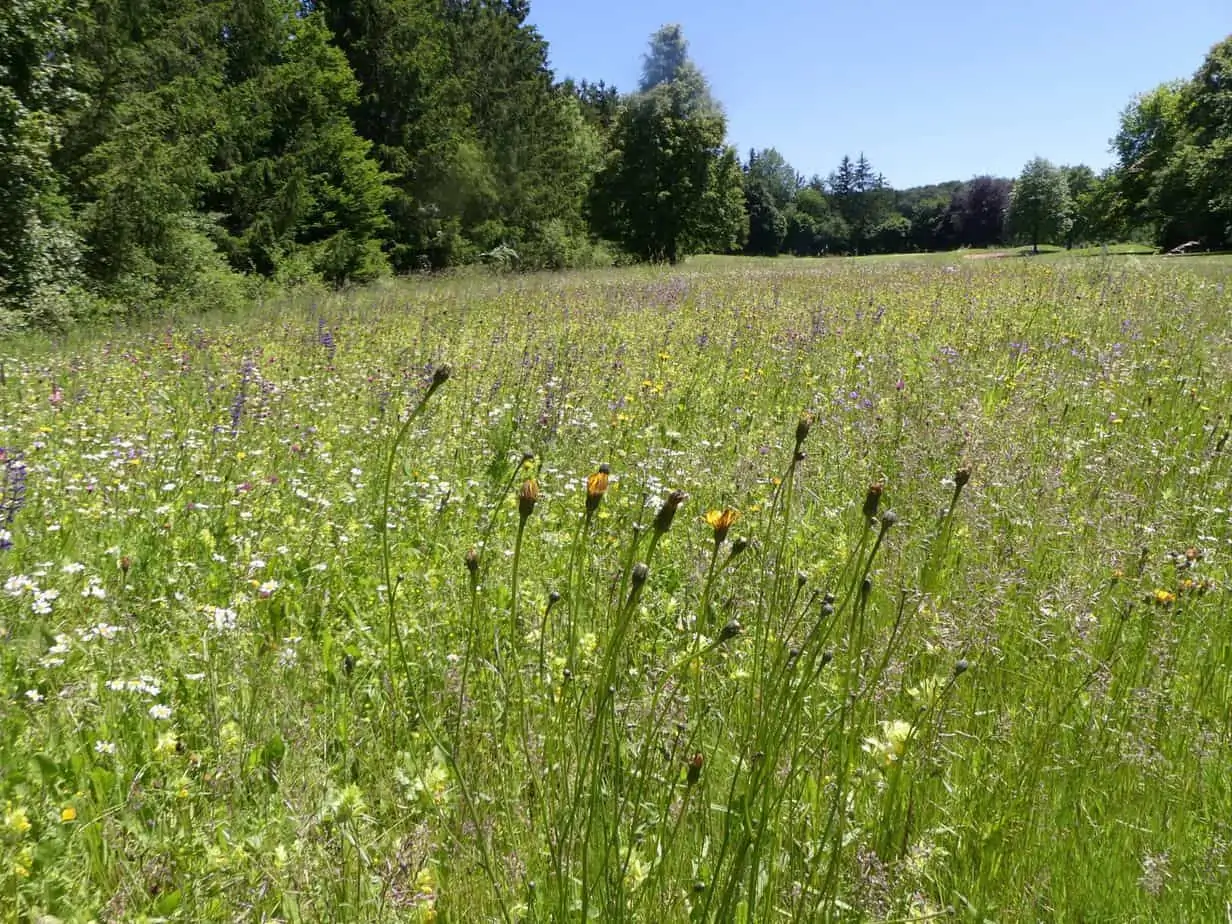Less fuel consumption with greenkeeping?
In times of discussion about e-mobility and CO2 footprint, this question also arises, when it comes to golf course maintenance: How can diesel and petrol be saved in greenkeeping? A look at those already published Bachelor’s and master’s theses in the field of golf at Bavarian universities show that this topic was already being addressed in 2014. In 2014, Gregor Ruhdorfer wrote a bachelor’s thesis at the Weihenstephan-Triesdorf University of Applied Sciences on the subject: “Concept for saving fuel at the Wörthsee Golf Club”.
Based on the high quality standards of the 18-hole course on the outskirts of Munich, which also belongs to the Leading Golf Clubs of Germany and has received gold status at ” Golf & Natur, Ruhdorfer analysed the connections between the mowing areas and intervals on the golf course and the respective fuel consumption over a period of almost five years up to December 2013. His result: There are certainly opportunities to reduce fuel on the golf course, overall, annual consumption could be reduced by 21 percent.
- On the fairways, a simpler cutting pattern and less mowing frequency could bring savings. However, both lead to lower quality and are therefore out of the question.
- The rough offers a high savings potential if part of the little-used areas are converted into flower meadows and thus mown significantly less. This also achieves an ecological and visual upgrading of the areas.
- The purchase of one to three electric mowers for greens, tees and foregreens saves all the fuel for these areas. In addition, the mowers require less maintenance. Hybrid mowers could be another alternative. The disadvantage in both cases are the acquisition costs. Ideally, however, the mowers could be operated with their own electricity by connecting them to a photovoltaic system in the caddy hall. This would also confirm “innovative thinking in relation to ecological commitment and sustainability”, which GC Wörthsee has always demonstrated.
To what extent has the study from 2014 been reflected in practical greenkeeping in Wörthsee in recent years?
According to greenkeeper Hans Ruhdorfer, the comparatively high price has proven to be an obstacle to purchasing electric mowers or hybrid models to this day. However, the meadow areas on the 55-hectare site have been expanded, “especially in the areas where it is already poor,” explains Claudia Ruhdorfer, who is responsible for all matters relating to golf and nature at GC Wörthsee . Here, the creation of ecologically valuable nutrient-poor grassland is ideal, the mowing effort is reduced.
Another scientific work on this topic is currently being carried out at the GC Wörthsee – together with the Munich Golf Club. Here, the Technical University of Munich (TUM), in cooperation with the German Golf Association, is investigating, which methods can be used to increase the diversity of flowering plants and pollinators on roughs. The results of the project should be of assistance to golf clubs who want to make a contribution to protecting biodiversity on their courses.
Golf meets science
Concept for saving fuel at the Wörthsee Golf Club, Gregor Ruhdorfer, Weihenstephan-Triesdorf University of Applied Sciences, Faculty of Landscape Architecture, Landscape Design and Management DUAL course, Prof. Dr. Christian Huber







